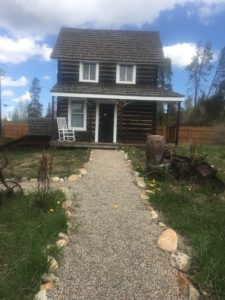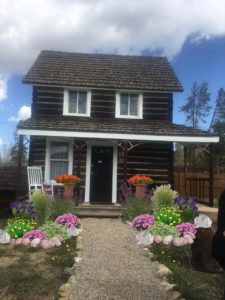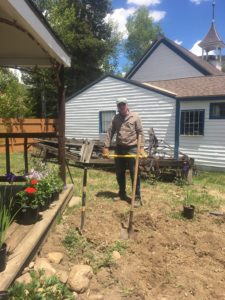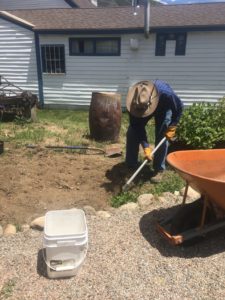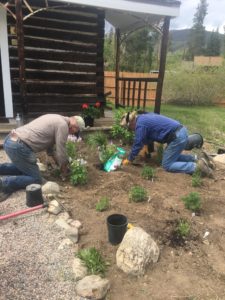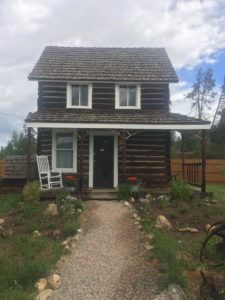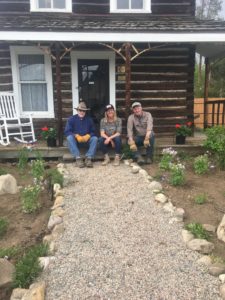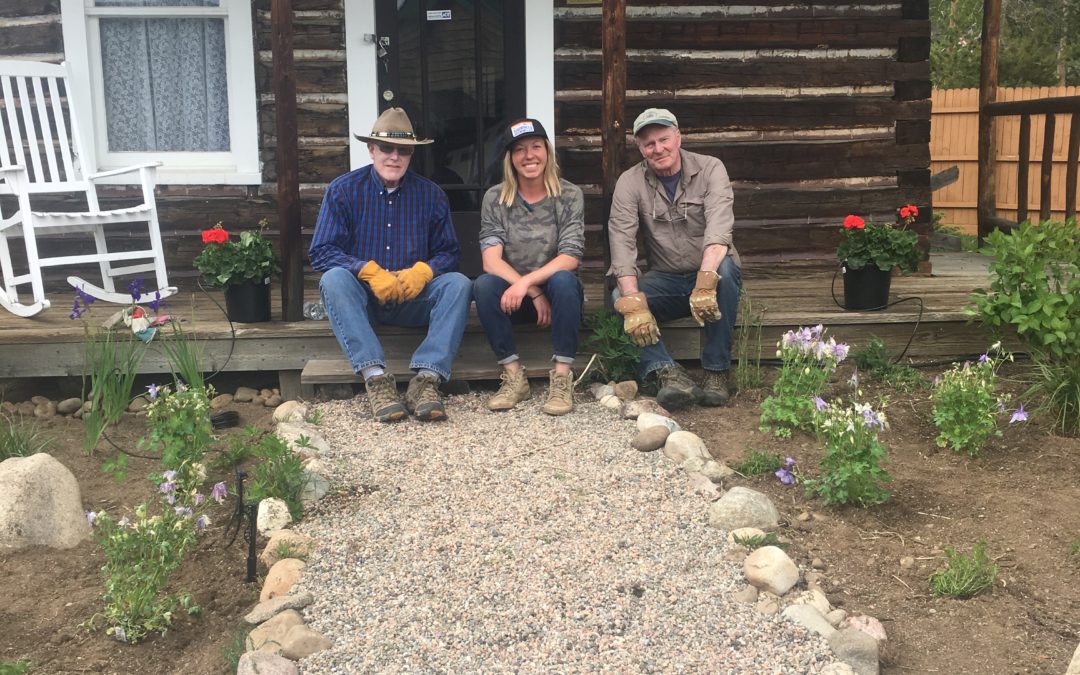This Spring I was humbled and honored to receive the Environmental Champion Award from the Summit Chamber of Commerce at their annual Business Excellence Awards. 8 years ago, Mountain Roots was created around a Sustainable and Environmentally concise business model. Each season we are committed to finding new ways to give back to our wonderful community while benefiting the future. This spring, after attending a wonderful class about Pollinator Gardens in Dillon, a unique opportunity came to fruition.
The class, hosted by the Summit Historical Society, was taught by James Gagliardi, a Horticulturist at the gardens of the Smithsonian Museum in Washington DC. James has helped develop multiple gardens at the museum property, beautifying and encouraging more people to tour the museum and gardens. Pollinator gardens with educational signs have created a new opportunity for kids and adults to learn outside of the museum as well.
Pollinator gardens are created to attract bees, butterflies, hummingbirds, moths, flies, beetles, and bats. These species are critical to the production of food, and success of flowers in our community. Many of these species are unable to survive with the environmental challenges of loss of habitat, pollution, pesticides, diseased plants, and climate change. By creating an ecosystem with year round interest, these animals have a place to thrive and a better chance of overwintering and survival. Early Spring Flowers are the first source of nectar for bees, while an Evergreen shrub or Ornamental Grass can provide protection in winter.
After the class I was inspired to modify James’ teachings to create a Pollinator Garden for our unique mountain growing environment. I decided to partner with the Summit Historical Society to create a visually enticing and educational garden at the Museums in Dillon. The goal for Phase 1 was to beautify Lula Myer’s cabin at the museum site. Built in 1885, Lula was a schoolmarm in Frisco, and lived on a 160-acre homestead with her husband where Keystone Ski Resort now resides.
The garden design was inspired by Summit County native plants, some that Lula may have also enjoyed during her time here. By choosing a combination of Spring, Summer, and Fall bloomers pollinators will be encouraged to visit all season long. Woody shrubs and ornamental grasses will provide habitats for overwintering. I also included some annual Geraniums for the entrance, Lulas’s favorite flowers. With the help of volunteers Bruce and Ken, the garden was built. The colorful blooms will encourage visitors to the site and to participate in the tours.
Next, Phase 2 will include an expansion of the garden to beautify the Honeymoon cabin. The fable says that in the 1930s a man asked a woman to marry him. He declined until she had a proper roof over his head. A “survival cabin” was built by the man without any assistance using peeled logs from the forest. Educational signs will also be added to the site to educate about homestead living, native plants, and the benefits of pollinator gardens.
I am excited to be a part of this project and hope the Summit Historical Society receives more visitors to the site. If you are interested in learning more or looking for a local organization to contribute to or volunteer with, visit https://summithistorical.org.
“Look deep into nature, and then you will understand everything better.” Albert Einstein.
